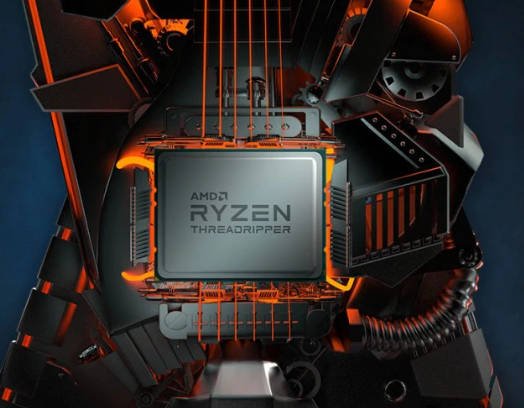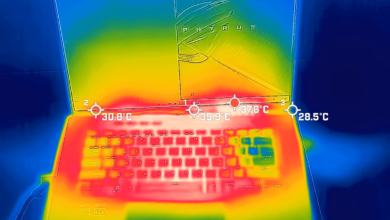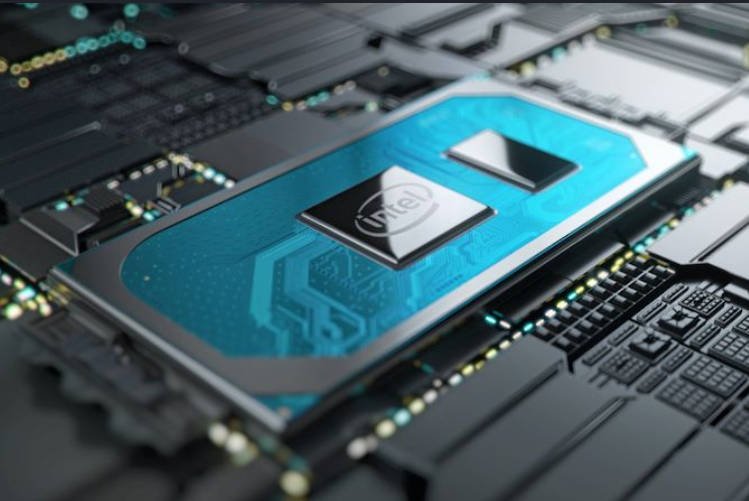
The other day, the Credit Suisse conference was attended by Intel CEO Robert Swon, to whom the source asked several very important questions. And the most interesting – he received very distinct answers to them.
The first thing worth noting is the accusations of the head of Intel towards his own company. Swan said that Intel at one time was too fixated on retaining a 90 percent share in the processor market, which the company managed to take at a certain point in time.
According to the head of the processor giant, Intel should instead focus on another indicator – 30% of the entire semiconductor market. It is no secret that Intel is releasing not only processors, but also accelerators of calculations, FPGA, and will soon return to the GPU market. Such an approach will allow the company to diversify its business and pay more attention to “non-processor” areas.
The most interesting and important question concerned how Intel found itself in its current position with a melting CPU market share and the inability to finally switch to a new manufacturing process.
Swan, interestingly, did not bother and answered quite bluntly. He said that this situation has developed for several reasons. Firstly, this is a much higher demand in the server market than Intel itself predicted. In 2018, the company focused on a 10 percent increase in sales in this segment, and as a result, sales grew by 21%. This required the company to redistribute production capacities, which is why a shortage of mobile and desktop CPUs appeared. Secondly, Intel has become an Apple partner. This idea had once been expressed but did not receive official confirmation. And now it turned out that she was true. Recall that last year Apple finally quarreled with Qualcomm, and Intel became the only supplier of modems for the iPhone. And modems were produced on the same lines as the CPU. And since the iPhone production volume is huge, Intel had to allocate a lot of production capacity for the production of these products, sacrificing the production volume of consumer CPUs.
Well, the third reason was the problems with the development of the 10-nanometer process technology and, as a result, the inability to offer the market something new. Moreover, the head of Intel even revealed the reasons why the transition to new standards was so delayed. The reason is simple – a reassessment of their capabilities. The fact is that the earlier Moore’s law involves doubling the number of transistors in the CPU every two years. And before, Intel, like many others, was able to follow these standards. When switching from 22 nm to 14 nm, the company managed to achieve a coefficient of 2.4 (increase the number of transistors by 2.4 times). And when it came time to think about switching from 14 nm to 10 nm, Intel decided that they could achieve a coefficient of 2.7. And here the problems began. Swan did not specify, but it can be assumed that the understanding that the problem is too serious came to Intel too late.
As a result, now the situation with Intel is almost completely understandable, although it took a lot of time to get all the information.
Separately, it can be noted that Swan promised seven-meter production in 2021, and Intel will switch to 5 nm standards in 2024.




